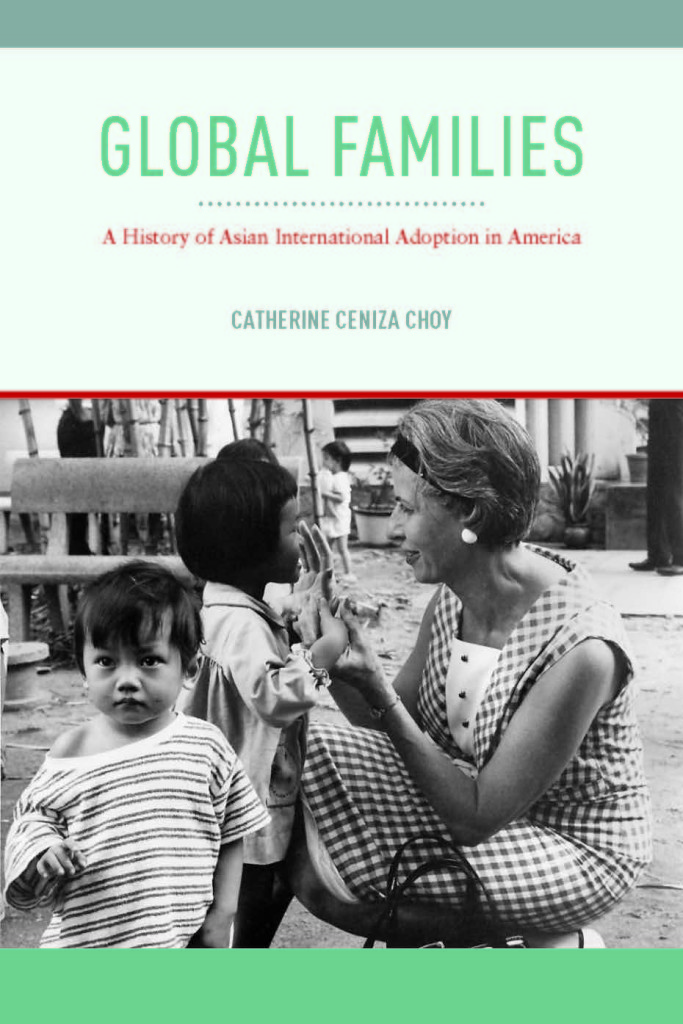
Most of the encounters I had were very subtle. Despite this, I had very few blatant racist attacks during my childhood. Growing up, it was very obvious that I was adopted considering the fact that I was the only darker-skinned member of the family. By all accounts, I was a normal child, except I always carried a level of introspectiveness and curiosity that set me apart for other children. While I had a relatively normal childhood, the psychological effects of being biracial (Black and White) in a White family were the most impactful. With proper adoptive parent education and loving home, there is no excuse as to why a child cannot be adopted by any type of family, regardless of race, ethnicity, religion, sexual orientation, or anything else.īeing a transracial adoptee had a significant impact on my life. While there are still those that are against it–many for the same reasons as the NABSW in the early ‘70s–there are so many wonderful examples of a healthy, happy transracial adoption. Transracial adoption, like many other forms of adoption, has a complicated history. if those hopeful adoptive parents go through another country for the adoption while more complex in some ways than domestic transracial adoption, it takes away the social pressure of trying to combat opposition and stereotypes in the U.S. Also, a parent may feel more removed from the racial, religious, and other cultural tensions in the U.S. Speculatively, there is less controversy over adopting a child from another country–especially one perceived as third-world or war-torn–than a child in the United States. However, as opposition grew to White families adopting Black children, the number of international adoptions increased.

A child from any other culture in the world can be adopted by a family of a different culture. Transracial adoptions are not limited to a White/Black family dynamic. Children may also be left in homes and situations in general that are not fit for a child.

Foster children could be shuffled from home to home without much notice, carrying personal belongings in a garbage bag. Depending on where the child is placed into the system, children can be placed in homes rampant with abuse, neglect, and other horrid conditions. For example, in the U.S., the foster care system is broken. While there will always be cases where a transracial adoption is not best for the child, these reasons and cases are far outnumbered by the cases where a child is in need of a home. These beliefs still are still present today. Dating back to WWII, many people were opposed to having children of color adopted by White families. Today, as adoption policies and ethnic and racial cultures have evolved, taking in a child is not that simple. with racism however, instead of the outright racist attacks that were common at that time, racism has become more institutionalized. There are still challenges for Black individuals across the U.S. The reasons why the NABSW opposes transracial adoption are still relevant in today’s racial, ethnic, and cultural climate. White families have to be taught what to teach children about aspects of Black culture White families are not interested in the well-being of Black children or concerned with helping the Black community by adopting Black children Only Black families can provide nuanced ways of thinking, acting, and reacting to this society These reasons include:īlack children have different “developmental needs” than White children to cope with a racist society Members of the NABSW opposed transracial adoption for multiple reasons, most consisting of inadequate exposure to Black culture. This opposition is founded on the belief that White parents cannot provide a Black child with the cultural knowledge and identity that the child would have if being raised in a Black family and environment. In the opening paragraph, the strong opposition is made clear: “…taken a vehement stand against the placement of Black children in White homes for any reason” (NABSW, 1972).

In 1973, the National Association of Black Social Workers (NABSW) released a statement about the stance on transracial adoption, making it clear that the association strongly opposed Black children being adopted by White families.

In the early days of history, before the term “ adoption” was coined and there were laws to regulate it, there was no concern of what ethnic or religious background the child had, who the children had belonged to, or why the children had ended up in the situation of adoption or being placed in a new family–there was a child in need, so a family took a child in. Some birth parents are not able to care for the children. Throughout history and so many different circumstances, there have always been stories of transracial adoption, of families taking in children that were not biologically or initially part of the family, for one reason or another.


 0 kommentar(er)
0 kommentar(er)
